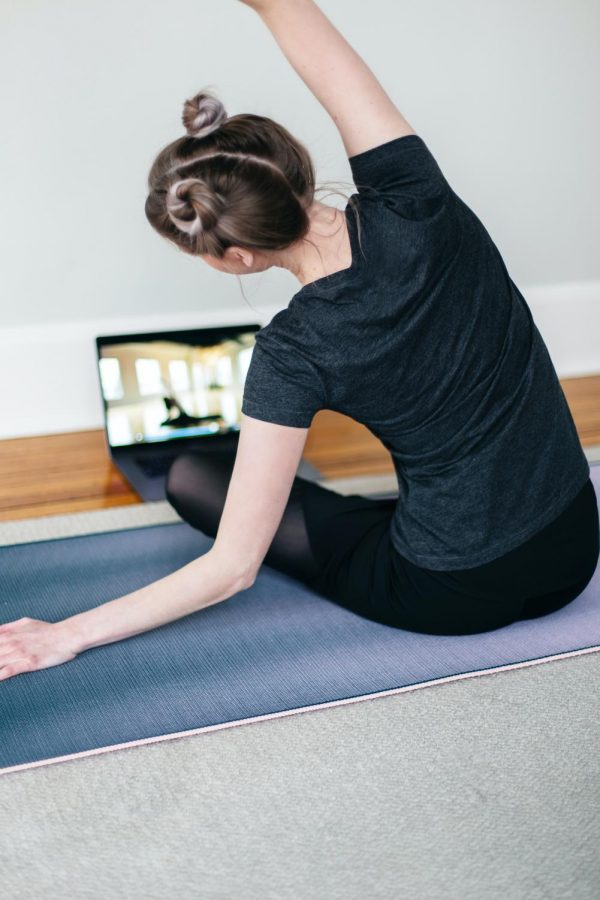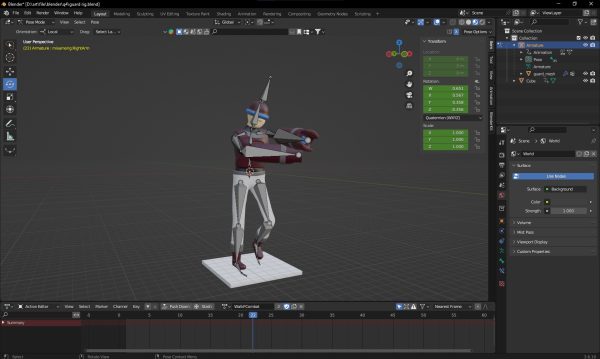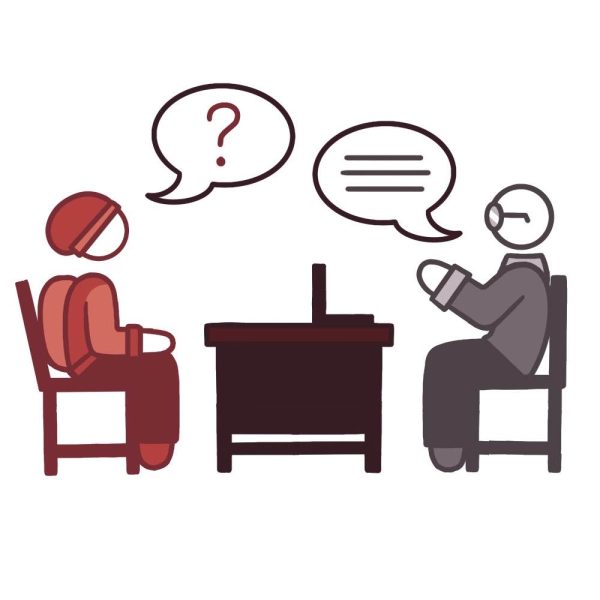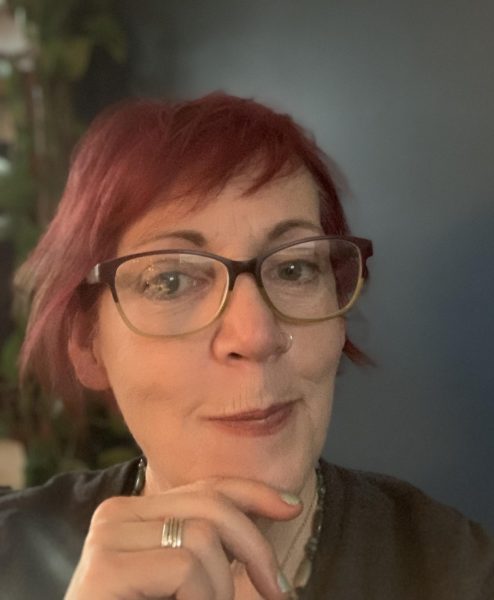Starting Yoga at Home
Exploring multiple yoga types and its benefits.
The Gym isn’t for everybody, but fitness is.
Yoga is a great entry point to fitness and can fill a variety of physical and mental needs. Even better, one can start practicing it from their own home. With proper methods and care, anyone can get a good workout without needing to go to a traditional class with the help of free online resources.
“People come to yoga with a lot of preconceived notions,” says Cobi Seslar, yoga teacher at EvCC. “It is a philosophy, not a religion.” Yoga is often put into a box. It’s quite common for people to dismiss yoga as just stretching or being a religious thing, but it is more than that. Yoga is about calming the mind, strengthening the body and breathing. Yoga is for everyone.
There’s a wide variety of resources on the internet that can get you started with yoga, but there’s an important question you have to ask yourself before you begin. “What are your personal needs?” asks Seslar. “You have to approach it with what you need, not what you think yoga is.”
It is an important step in any fitness journey, to check in with yourself before you embark. You need to figure out what you want to get out of working out, and understand what you are able to do right now. Don’t try to do something you aren’t ready for. “The most important principle is progressions,” says Dr. Dennis Dilday, Chiropractor and EvCC Tai Chi teacher. “It’s a process of starting from where you’re at.”
There are a lot of different paths one can take with yoga, but you don’t have to pick just one. The advantage of beginning yoga today is the ability to find exactly what you need out of a wide variety of practices, and with access to the internet, you can easily locate what you’re looking for.
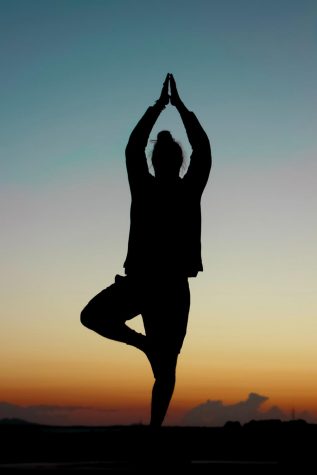
In Vinyasa Yoga, the focus is on moving between poses fluidly and melding the movements of the body to the breath. It is often called flow yoga for this reason. Vinyasa is a great place to start, but some may want to start with slow-flow yoga which is similar to Vinyasa but gives the practitioner a bit more space between poses.
For those seeking a more traditional workout, Ashtanga Yoga can provide what you’re looking for. While all yoga involves holding poses, Ashtanga acts closer to a traditional workout by moving between poses with fluid motions. It is sometimes confused with Vinyasa, as they both involve smooth transitions between poses, but Ashtanga puts more focus on physical demand than Vinyasa.
Yoga Nidra is “sleep yoga,” says Seslar. Yoga Nidra involves simple yogic poses paired with a form of guided meditation to relax the body and rest the mind. While the meditation part might put some people off, it is an effective way to rest the body and the mind.
Yoga provides a combination of exercise, relaxation and rest. It allows one to engage with fitness, while supplying release from the strains of life and being active. “We’re all living life, we have jobs and school on top of that,” says Cobi Seslar. “For us to fulfill our jobs, we need to rest.”
Links for beginner classes:
Vinyasa: https://www.youtube.com/watch?v=CDZsDFyJ2vg
Slow Flow: https://www.youtube.com/watch?v=BXxO3JjxYtM

Where does The Clipper fit into your long-term goals?
I am seeking a future in either communications or political journalism and The Clipper is my first...

